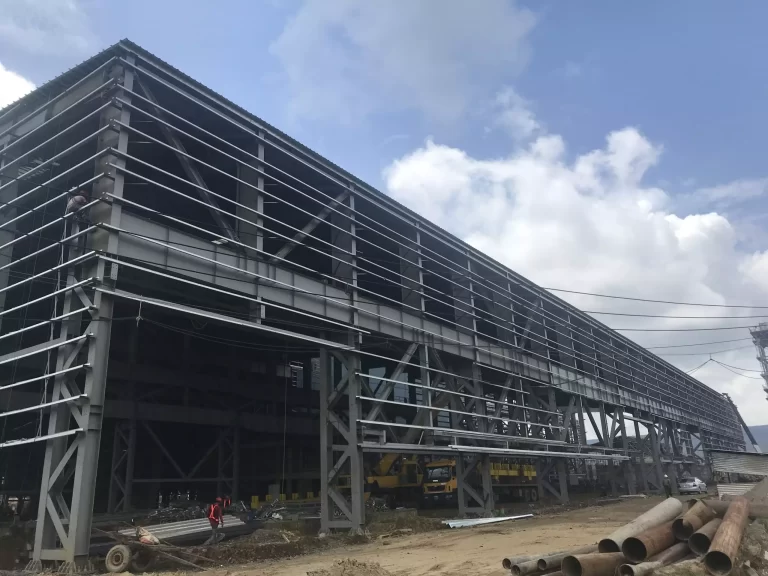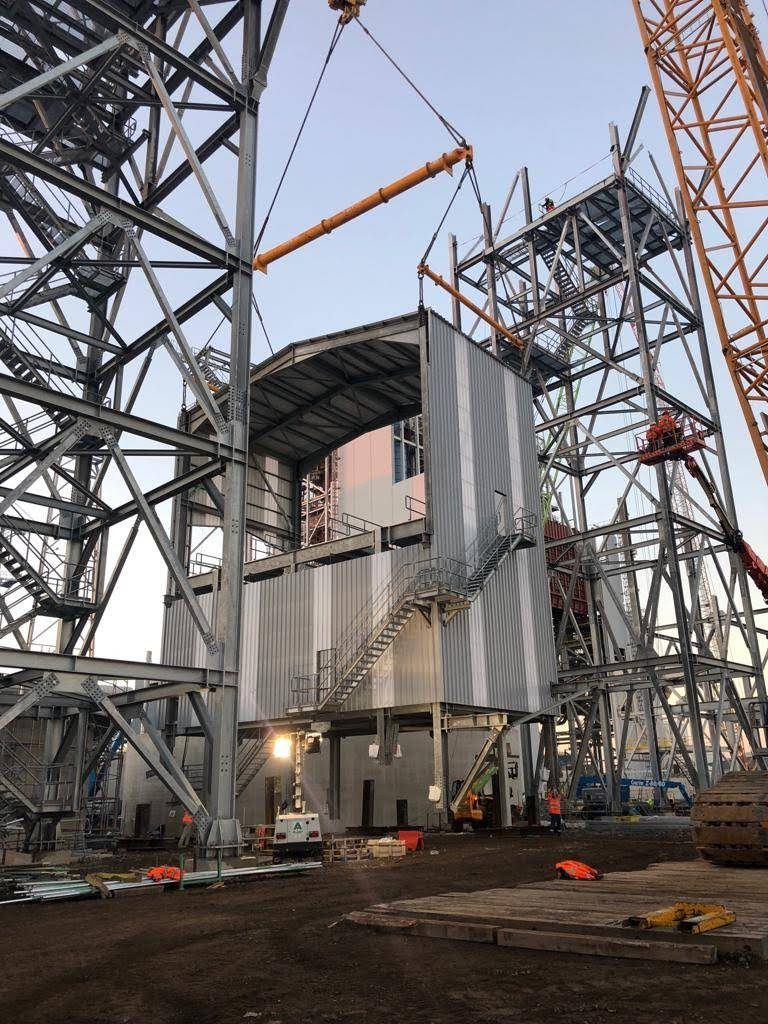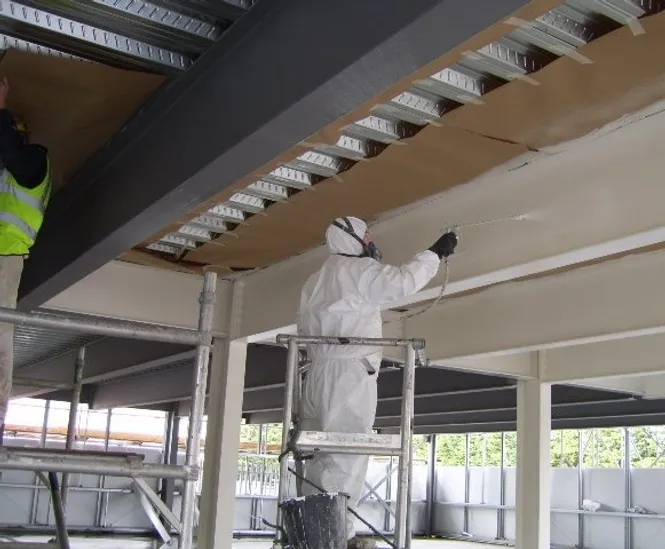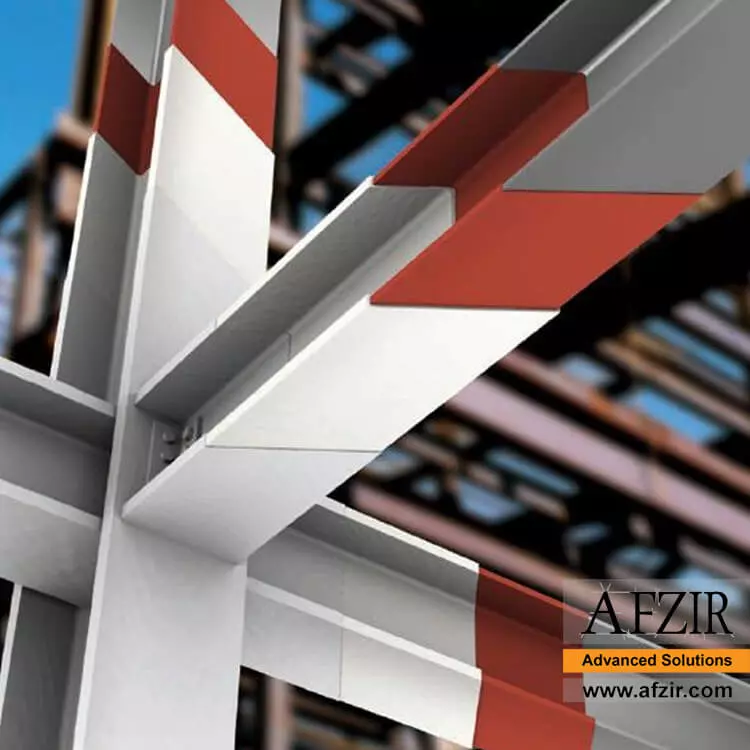What is the estimation in construction?
Project estimating takes up the most time in any construction organization. In spite of the fact that we must regularly evaluate projects to stay in business, this is the most frequently skipped phase. We are kept busy by attending meetings on the project site, buying supplies, overseeing the personnel, and a million other things. Who has time to speculate? Hence, there are THREE ways to estimate projects quickly and accurately.
Unit Method
Unit rate estimates can help to determine the costs of the buliding. The prices of the items on the bill of quantities are estimated independently in unit rate estimating. Operational rate estimating is an alternate method of estimation in which a specific parcel of work is priced as a package. A price is determined for each item in the bill separately from the other tasks. The following elements will be taken into account by the estimator:
The unit estimation method is the quickest and easiest way to determine how much a given building project will cost. The number of units accommodated in a structure is counted by the quantity surveyor using this approach, such as the number of residents or the primary furniture items each person uses.
Square Foot Method or Budget Method
The square foot or comparison technique directly contrasts the planned construction with a building whose cost is known. Expenses for construction are lowered to an average price per square foot of floor space (a cubic foot is sometimes used). Due to the lack of necessary information, a square foot estimate entails a lower level of accuracy than a more accurate unit price-based estimate. However, square foot prices are an excellent place to start when planning a project and are helpful when there aren’t many specifics. After the bids are received, the costs can be converted back into their proper units for informational purposes, and square foot estimates are also helpful. However, once the project design is known, the square foot method should be abandoned because the project may then be priced according to each of its individual components.
You can spend a few hours with your team performing an analysis to calculate your average expenditures per square foot by looking at your historical data from the last few years. In reality, this is how real estate agents create their “comparable” when submitting offers for the property. If you’re looking for a home, your realtor will research previous sales in the neighborhood to identify properties with similar square footage, upgrades, and ages in order to estimate the price.
Final Cost (Mixture of Unit Method & Square Foot Method)
The Rule of Two Method is the name of the last tactic I’ll discuss with you. Recall how I said earlier that labor accounts for around 50% of building costs. If your company has been around for a while, you probably already have a good sense of how much labor is involved without using a cost database. The majority of contractors I know charge labor by “3 people x 5 days.” and then put the project together in that manner. That is something you learn from working in the field. We just need to multiply our labor cost by two and add 10% as a safety net because we know that labor accounts for around 50% of the expenditures.
There is certainly no way to extract such values from a database, even when we are conducting estimates, because we frequently need to alter prices for challenging working circumstances, field conditions, unique goods, complexity, etc. We may begin by utilizing the database to set our costs, but we then modify them in response to factors such as geography, employment demands, assembly challenges, etc.
DTC
DTC assists its clients by providing these techniques for estimating project costs. Your ambition might become a reality thanks to DTC’s team of skilled engineers and designers. Have questions? Call us at +961 386 777 17.














